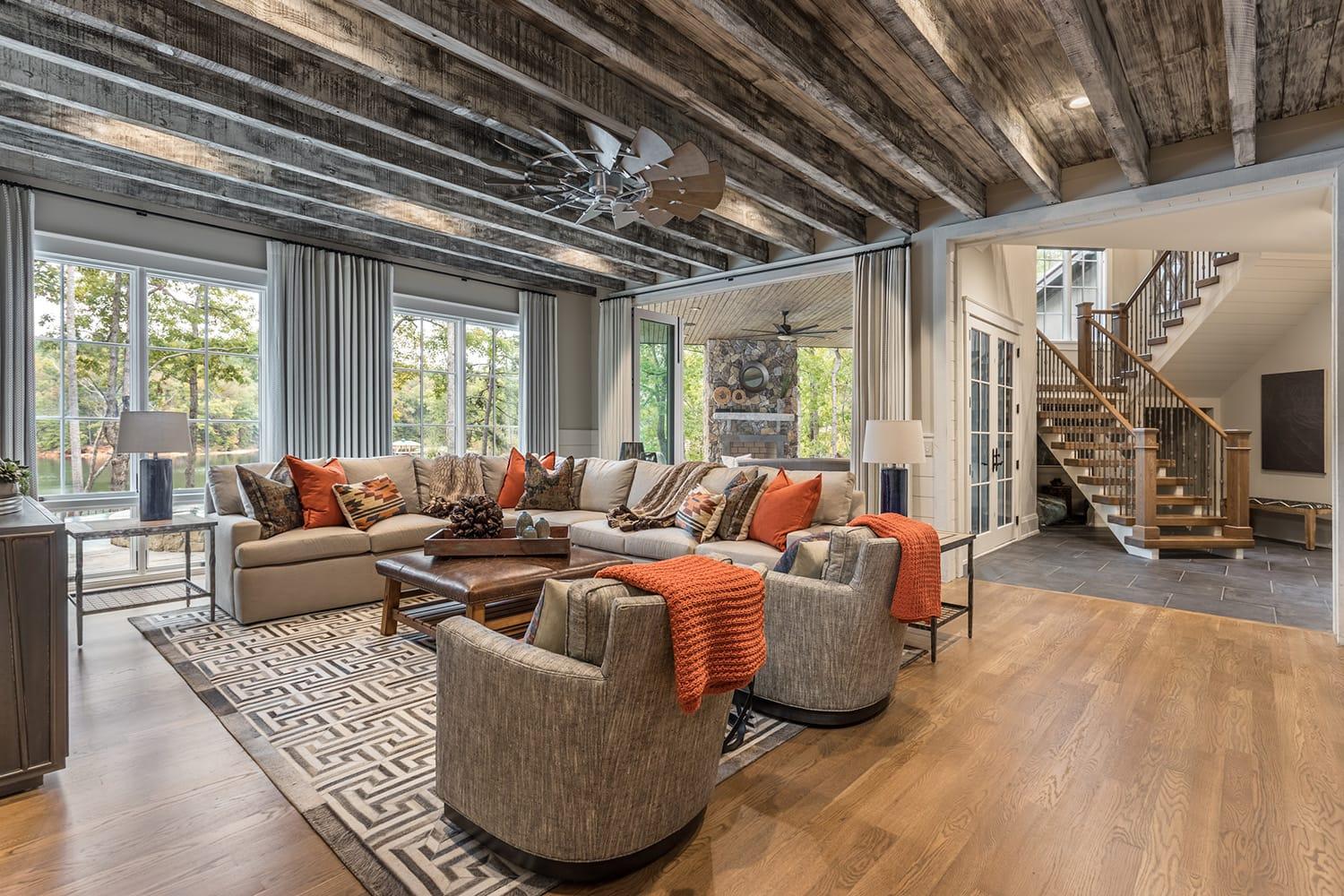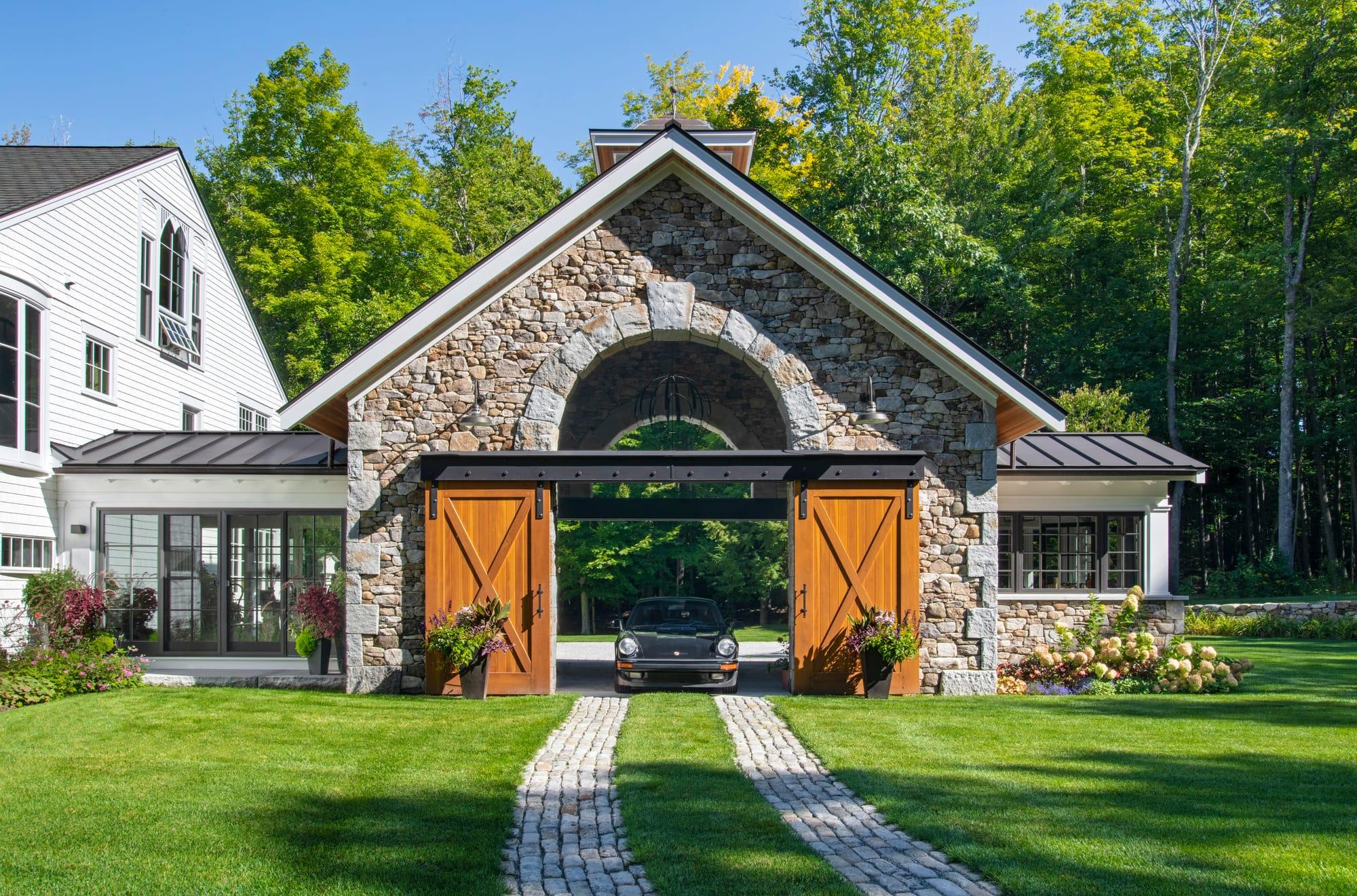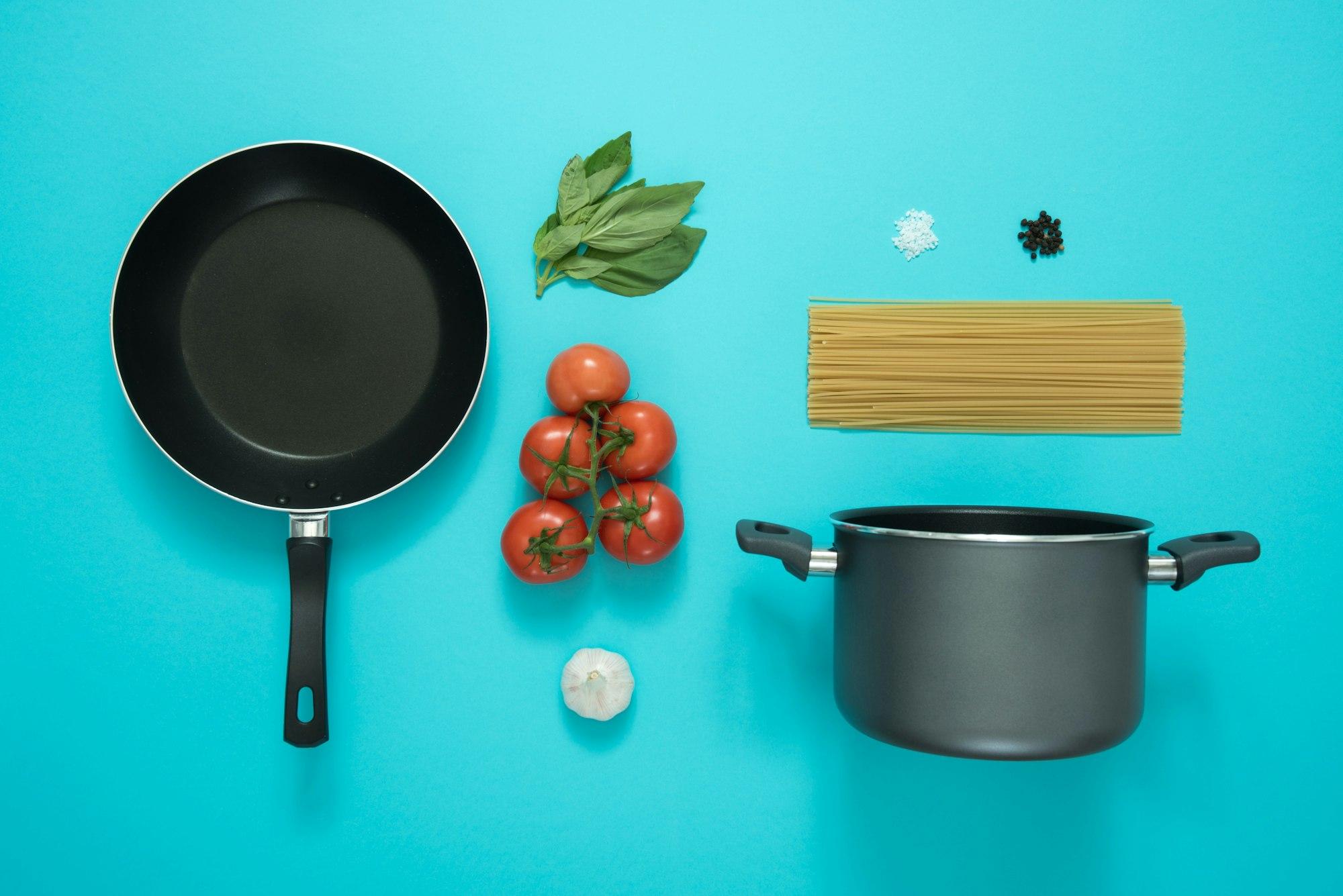How to Decorate Basements
Basements shed their dreary reputation, emerging as vibrant underground retreats where imagination knows no bounds.

Transforming a basement into a functional and stylish space can be a rewarding project. Whether you envision a cozy retreat, a vibrant entertainment area, or a practical workspace, the possibilities are endless. However, decorating a basement comes with its own set of challenges, especially when it comes to lighting, layout, and storage. In this article, we’ll explore various strategies and tips to help you create the basement of your dreams. Additionally, we will delve into the importance of planning, budgeting, and even the potential for DIY projects that can enhance your basement's appeal without breaking the bank.
Understanding Your Space
Before diving into the decorating process, it’s essential to assess your basement's current condition and layout. This will help you make informed decisions about how to utilize the space effectively. Understanding the unique characteristics of your basement, such as its size, shape, and existing features, will allow you to tailor your design choices to suit your needs. Moreover, considering the potential for future renovations or expansions can also influence your current decorating decisions, ensuring that your basement remains functional and stylish for years to come.
Evaluate the Layout
Take a good look at the existing layout of your basement. Consider the following:
- What are the dimensions of the space?
- Are there any structural elements, such as support beams or columns, that you need to work around?
- How is the natural light distributed throughout the area?
Understanding these factors will guide your design choices and help you maximize the potential of your basement. Additionally, think about how you plan to use the space. Will it be a family room, a home office, or perhaps a gym? Each function may require a different layout and set of furnishings. Sketching out a floor plan can be a helpful exercise, allowing you to visualize how different elements will fit together. You might also want to consider the flow of movement within the space, ensuring that it feels open and accessible rather than cramped and cluttered.
Assessing Lighting Conditions
Basements often lack natural light, which can make them feel dark and uninviting. Here are some ways to enhance the lighting:
- Consider adding recessed lighting to brighten up the space.
- Use floor lamps and table lamps to create cozy corners.
- Incorporate mirrors to reflect light and create an illusion of a larger space.
By strategically placing light sources, you can create a warm and welcoming atmosphere. Additionally, consider the use of dimmer switches to control the intensity of the lighting, allowing you to set the mood for different activities. For instance, softer lighting may be ideal for movie nights, while brighter lights can enhance productivity in a home office setting. Furthermore, you might explore the option of installing larger windows or even egress windows if local building codes allow, as this can significantly increase the amount of natural light entering the space, making it feel more open and inviting.
Choosing a Color Palette
The colors you choose for your basement can significantly impact its overall feel. A well-thought-out color scheme can make the space feel more open and inviting. When selecting colors, consider the mood you want to create. For example, warm tones can evoke feelings of comfort and coziness, while cooler tones can create a more serene and calming environment. Additionally, think about how the colors will interact with your lighting choices, as different hues can appear differently under various lighting conditions.
Light and Neutral Tones
Opting for light and neutral colors can help brighten up a basement. Shades like soft whites, light grays, and pastel hues can create an airy feel. Here are some tips:
- Use a light color for the walls to reflect light.
- Incorporate darker accents through furniture or decor to add depth.
- Consider using a bold color on one wall to create a focal point.
This approach allows you to maintain a bright atmosphere while adding character to the space. Additionally, you might want to explore the use of accent colors that can be introduced through accessories such as throw pillows, artwork, and decorative items. These pops of color can bring life to the neutral backdrop and can be easily changed out as trends evolve or your personal style shifts. Furthermore, consider the psychological effects of color; for instance, blues and greens are often associated with tranquility, making them ideal for a relaxation area, while yellows and oranges can energize a space, perfect for a playroom or home gym.
Adding Texture
Texture can play a crucial role in making a basement feel more inviting. Here are some ideas:
- Incorporate textiles like rugs, cushions, and throws to add warmth.
- Use wood or stone accents to create a rustic feel.
- Consider wallpaper with interesting patterns to add visual interest.
Combining different textures can create a layered look that enhances the overall design. For instance, pairing a plush area rug with sleek leather furniture can create a beautiful contrast that adds depth to the space. Additionally, consider the use of textured wall treatments, such as shiplap or reclaimed wood, which can add warmth and character to an otherwise plain wall. You might also explore the use of fabric wall hangings or tapestries, which can introduce both color and texture while also helping to absorb sound, making your basement feel cozier and more intimate.
Functional Furniture Choices
When it comes to furniture, selecting pieces that are both functional and stylish is key. Here are some considerations:
Multi-Functional Pieces
In a basement, space can be limited, so choosing multi-functional furniture can be a game-changer. Consider:
- Sofa beds for accommodating guests.
- Ottomans with storage capabilities.
- Expandable dining tables for entertaining.
These options allow you to maximize your space without sacrificing style. Additionally, think about incorporating modular furniture that can be rearranged to suit different needs. For example, modular sofas can be reconfigured for movie nights or gatherings, while nesting tables can be easily tucked away when not in use. Furthermore, consider investing in furniture that can serve dual purposes, such as a coffee table that doubles as a storage unit or a bench that can be used for seating and as a place to store blankets or games. This approach not only saves space but also adds versatility to your basement.
Comfort is Key
While functionality is important, comfort should not be overlooked. Here are some tips for selecting comfortable furniture:
- Choose plush seating options that invite relaxation.
- Incorporate soft textiles to enhance comfort.
- Ensure that the furniture arrangement promotes conversation and connection.
A comfortable space encourages you and your guests to spend time enjoying the basement. Additionally, consider the ergonomics of your furniture choices, especially if you plan to use the space for extended periods, such as a home office or gaming area. Look for chairs that provide good back support and tables that are at a comfortable height for work or leisure activities. You might also want to include elements like bean bags or floor cushions for a more casual and relaxed vibe, perfect for movie nights or game days. Lastly, don’t forget about the importance of creating cozy nooks with comfortable seating, where one can curl up with a book or enjoy a quiet moment away from the hustle and bustle of daily life.
Personal Touches and Decor
Once you have the basics in place, it’s time to add personal touches that reflect your style and personality. Personalizing your basement can make it feel like a true extension of your home, allowing you to express your tastes and interests through decor and furnishings.
Artwork and Wall Decor
Art can transform a space and make it feel more like home. Here are some ideas:
- Hang framed artwork that resonates with you.
- Incorporate shelves to display personal items or books.
- Consider a gallery wall to showcase a collection of photos or art pieces.
These elements can add character and warmth to your basement. Additionally, think about the stories behind the art you choose; pieces that evoke memories or represent significant moments in your life can create a deeper connection to the space. You might also explore local artists or art fairs to find unique pieces that resonate with your personal style. Furthermore, consider incorporating different types of art, such as sculptures or mixed media, to create visual interest and depth. Lighting can also play a crucial role in showcasing your artwork; consider using spotlights or picture lights to highlight your favorite pieces, drawing attention to them and enhancing their impact.
Incorporating Plants
Bringing in greenery can liven up any space. Here are some tips for incorporating plants:
- Choose low-light plants that thrive in basement conditions.
- Use decorative pots that complement your decor style.
- Consider hanging plants to save floor space.
Plants not only enhance the aesthetic but also improve air quality, making your basement feel fresher. Additionally, think about creating a small indoor garden or herb garden if you have the space; this can be a fun and rewarding project that adds both beauty and functionality to your basement. You might also explore the use of plant stands or shelving to create a vertical garden, which can be particularly effective in smaller spaces. Furthermore, consider the seasonal changes in your plant choices; incorporating seasonal flowers or foliage can keep your decor feeling fresh and vibrant throughout the year.
Storage Solutions
Effective storage solutions are essential in a basement, especially if you plan to use the space for multiple purposes. Clutter can quickly detract from the overall aesthetic and functionality of your basement, so it’s important to incorporate smart storage options that keep your belongings organized and out of sight.
Built-In Storage
Consider investing in built-in storage solutions that can seamlessly blend with your decor. Built-in shelves, cabinets, or benches can provide ample storage while maintaining a clean and cohesive look. Here are some ideas:
- Install built-in bookshelves to house your book collection and decorative items.
- Create a built-in entertainment center that houses your media equipment and games.
- Incorporate storage benches that can serve as seating and storage for blankets or toys.
Built-in storage not only maximizes space but also adds a custom feel to your basement. Additionally, consider using decorative baskets or bins within your built-in units to keep smaller items organized and easily accessible. This approach allows you to maintain a tidy appearance while still having everything you need within reach. Furthermore, think about the potential for hidden storage solutions, such as under-stair storage or furniture with hidden compartments, which can be particularly useful in smaller basements.
Creative Storage Ideas
In addition to built-in options, there are many creative storage solutions that can enhance your basement's functionality. Here are some ideas:
- Use vertical space by installing wall-mounted shelves or pegboards.
- Incorporate storage ottomans or coffee tables with hidden compartments.
- Utilize decorative boxes or bins to keep items organized and out of sight.
These creative solutions can help you make the most of your basement while keeping it stylish. Additionally, consider labeling your storage containers to make it easier to find what you need when you need it. This can be particularly helpful in a multi-functional space where items may be used for different purposes. Furthermore, think about the aesthetic of your storage solutions; choosing stylish containers that complement your decor can enhance the overall look of your basement while still providing practical storage options.
Final Thoughts
Decorating a basement can be a fulfilling endeavor that adds value and functionality to your home. By understanding your space, choosing the right colors and furniture, and adding personal touches, you can create a basement that is both stylish and practical. Remember, the key is to make the space work for you and reflect your unique style. As you embark on this decorating journey, don’t hesitate to experiment with different ideas and layouts until you find the perfect combination that suits your needs. Happy decorating!
Quick facts
How can I make my basement look nice?
To make your basement look nice, focus on proper lighting, use light colors to brighten the space, and address any moisture issues. Add comfortable furniture, area rugs, and artwork to create a cozy atmosphere. Consider a dropped ceiling to conceal pipes and wires. Incorporate storage solutions to keep the space organized and clutter-free.
What are must haves in a basement?
Must-haves in a basement include proper waterproofing and insulation to prevent moisture issues. Good lighting is essential, along with adequate ventilation. A dehumidifier helps control humidity. Comfortable seating, storage solutions, and a well-planned layout are important for functionality. Consider adding an emergency exit for safety.
How to decorate an empty basement?
To decorate an empty basement, start by defining different functional areas like a living space, home office, or game room. Use area rugs to delineate spaces and add warmth. Incorporate comfortable furniture, proper lighting, and storage solutions. Add artwork and personal touches to make the space inviting. Consider a color scheme that brightens the area.

Dane Hurtubise
Co-founder & CEO of Spoken
Dane Hurtubise is the Co-founder & CEO of Spoken. He has led two venture-backed companies and is a two-time Y Combinator alum. Prior to Spoken, Dane sold his previous company, Parklet, to Greenhouse Software where he served as VP of Platform and Partnerships. An avid runner, cyclist, and Pilates enthusiast, Dane holds a BS in Electrical and Computer Engineering from the University of Texas at Austin.
Read more

